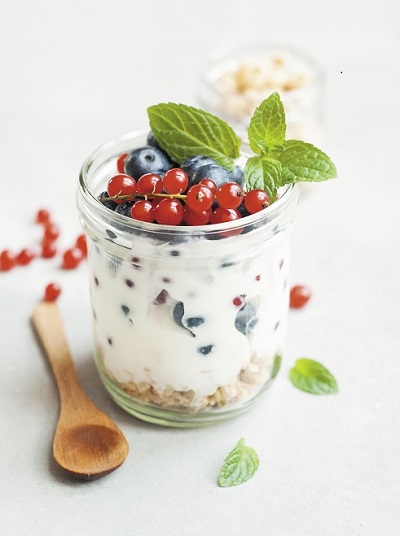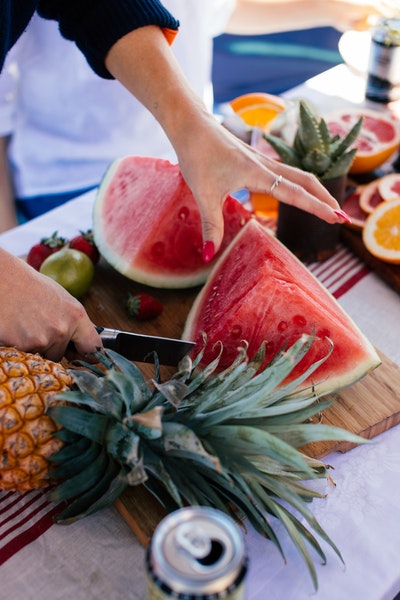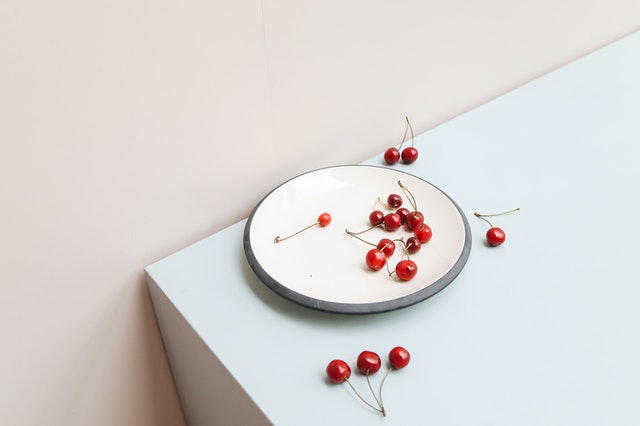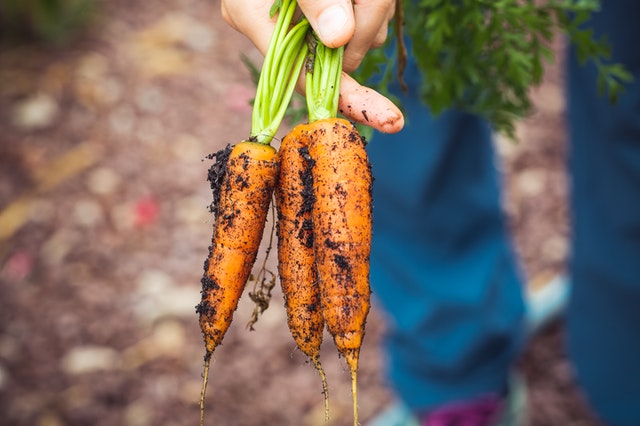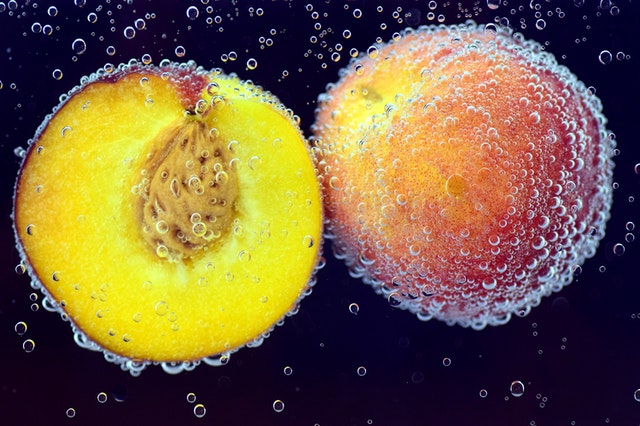I may not have the body of a goddess, but I do like showing off some pleasant curves at the beach (just a little). One of the biggest things that has helped me burn way more calories, and that I know can help you, too, is avoiding refined sugar. Of course, ditching table sugar doesn’t mean giving up everything sweet. Try these natural sugar substitutes instead.
1. Fruit
My absolute favorite substitute for sugar is real fruit. Strawberries, raspberries, blackberries, blueberries, apples, oranges, peaches and pineapples all have a great blend of tart and sweet that makes me smile.
Do you like smoothies for breakfast? You don’t need sugar. Just add a banana, some date paste or applesauce to the blender with the rest of your ingredients. You won’t notice the difference.
Eating fruit gives your body tons of antioxidants and enzymes. They protect your heart, balance blood sugar levels, give you more energy, fight inflammation, improve digestion and strengthen your immune system.
Why Not Try This?
Take a handful of raspberries, chop half a banana, and mix it with a serving of Greek yogurt when you're feeling hungry. The burst of protein and nutrients will energize you and tide you over until later. Real fruit, both fresh and frozen, has a lot of dietary fiber, so it calms the munchies like junk food never can.
2. Stevia
This natural sweetener comes from South America. Stevia is herbal, not artificial, so you don’t have to worry about any weird side effects (those terrible headaches) like with aspartame and saccharin.
The leaves of the stevia plant have been used as sweeteners for at least 500 years. Pressing the leaves provides an extract that is 200 times sweeter than sugar. But it has ZERO calories!
For tea or coffee, stevia is my go-to sweetener. You only need a few drops. For baking, go with stevia powder. Just remember to use less than half the amount you would with refined sugar because it’s so potent.
3. Honey, Pure Maple Syrup and Organic Molasses
Honey is a true superfood. It has special prebiotics that benefit your gut flora, plus lots of antioxidants, minerals and vitamins for your heart and eye health. Honey has been famous for its healing powers since the times of ancient Egypt!
Personally, I adore the taste of honey, which is why I usually prefer it over maple syrup or molasses. But all three of these thick liquids are good sugar substitutes with important nutrients. Of course, they’re also high in calories, so you have to be careful with how much you use if you want to lose weight.
I love to make oatmeal with rolled oats and drizzle a tablespoon of honey on top with a dash of milk. Instead of marinades with brown sugar, use organic molasses.
What About Monk Fruit Extract?
This exotic sweetener is natural, tasty and filled with nutrients. Monk fruit extract doesn’t have any calories, so it’s good for weight loss programs. Unfortunately, where I live, it’s also really expensive. If you can afford it, definitely try it!
Sugar Free Living Isn’t That Complicated
It’s OK to enjoy honey, stevia and fruit whenever you want during the week. To be honest, I find making sweet things for breakfast, like homemade muffins, granola or pancakes, is easier for me as a mom. For supper time, chicken (honey-lemon chicken anyone?) and pork recipes work great with honey instead of sugar. You don't need refined sugar.

